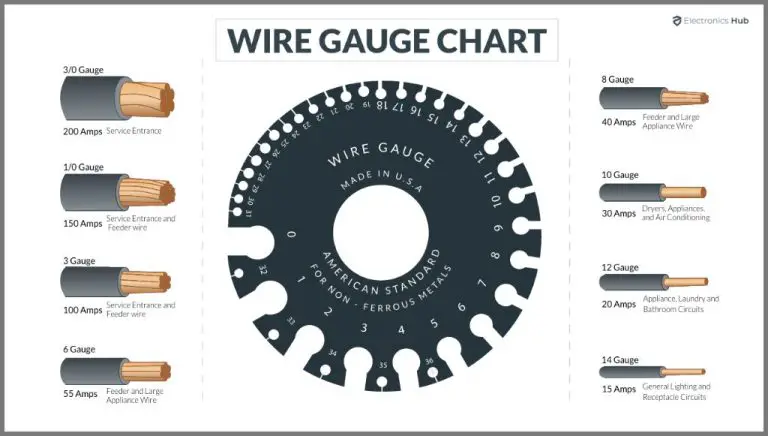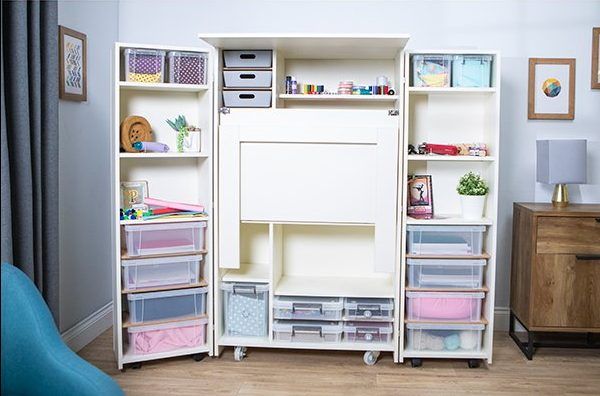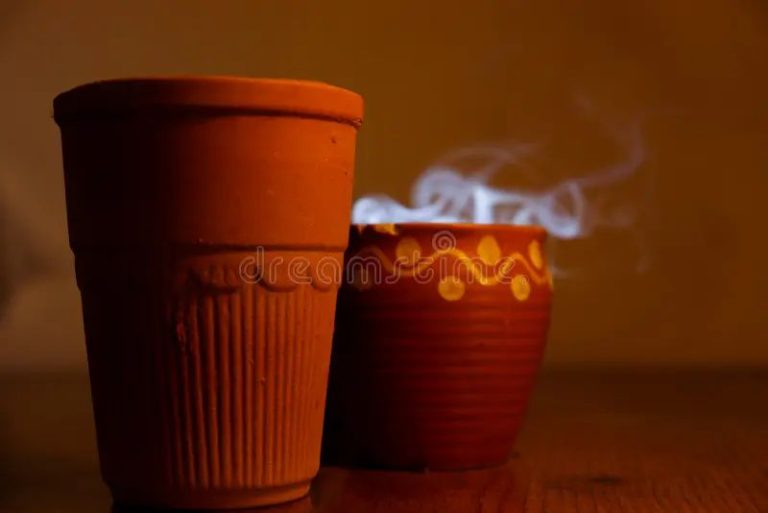What Undertones Does Chestnut Stain Have?
Chestnut stain is a rich, warm brown color that is often used to finish and protect wood surfaces like floors, furniture, cabinets, and decks. The name comes from the reddish-brown color of chestnuts. This article will examine the various undertones found in chestnut stains and how they interact with different colors, skin tones, and environments. Understanding chestnut’s undertones helps ensure you pick the right stain for your project.
Warm Undertones
Chestnut brown has warm reddish-brown undertones that create an earthy and rich color. The warm reddish tones tend to be very flattering for people with warm skin tones. Chestnut adds vibrancy and richness to warm complexions, helping create a harmonious and glowing look. The earthy warmth of chestnut flatters those with peach, golden, or olive skin tones best. Chestnut’s richness enhances warm eye colors like hazel, green, brown, and amber beautifully. For those with naturally warm-toned hair like strawberry blonde, auburn, golden blonde, chestnut brown can add dimension and accentuate the warm hues. The warm undertones of chestnut bring out the richness in warm skin, hair, and eyes for a cohesive and radiant look.
Cool Undertones
Chestnut stains often take on cool undertones that have an ashy and muted quality with greyish tones. These cooler undertones tend to be flattering for those with cool skin tones, bringing out the pink and red undertones in fair complexions. Chestnut stains with violet undertones are considered cool, leaning towards more greyish tones. According to one source, “Cooler pink tones will pick up more violet (and often, gray).” (source). The muted coolness of chestnut creates an elegant and sophisticated look.
Neutral Undertones
Chestnut stain often has a balance of warm and cool undertones, creating a versatile neutral shade. This makes chestnut a popular choice for staining wood with a natural, muted look that complements most decor.
According to a discussion on Houzz, the chestnut stain by Duraseal has “warm brown” undertones with “slight red” tones that give it a neutral appearance (https://www.houzz.com/discussions/6298874/duraseal-chestnut-vs-provincial). The reddish tones help chestnut work well on woods like red oak that naturally have pinkish hues.
On Reddit, one user recommends Varathane’s English Chestnut stain for a “neutral medium tone” that works on most wood species. They mention it as a “timeless stain color” with an “old-world” feel (https://www.reddit.com/r/centuryhomes/comments/17p3fip/what_is_your_favorite_neutraltimeless_stain_color/).
The balanced warm and cool tones in chestnut stains mean they pair well with most skin tones, hair colors, and eye colors. The versatility makes chestnut a foolproof choice for a natural, harmonious look.
Complementary Colors
Certain colors look especially attractive when paired with chestnut brown. Earth tones like beige, tan, cream, and ivory make tranquil backdrops that let the richness of chestnut shine. Cooler earth tones like light blue-gray and sage green also complement chestnut beautifully.
Jewel tones like cobalt blue, emerald green, and burgundy create vibrant accent colors against chestnut brown. These deep, saturated hues make chestnut feel warmer and more inviting. Black is another classic pairing, creating an elegant monochromatic look.
According to HGTV, some specific paint colors that coordinate well with chestnut brown include Behr Sweet Molasses, Valspar Cosmic Blue, Glidden Papyrus Paper, and Sherwin-Williams Kendall Charcoal. When decorating with chestnut, focus on light neutrals like tans and creams for your walls and accent with deep jewel tones and black in furniture, pillows, and accessories.
Hair and Eye Colors
Chestnut brown hair color pairs beautifully with most eye colors, but looks especially striking with blue, green, and hazel eyes. The warm reddish tones of chestnut bring out the color in lighter eyes for a vibrant look. Chestnut brown is also highly complementary with darker brown or black hair. The rich chestnut tones add dimension and brightness to darker locks.
For those with blue eyes, a chestnut brown hue lights up the eyes, making the blue pop. The contrast between the warm chestnut tones and cool blue produces a dazzling effect. Hazel and green-eyed individuals will also see their eye color become more pronounced and luminous against chestnut tresses.
While chestnut brown looks great on blondes seeking to go darker, it is particularly well-suited for brunettes. The chestnut shade adds warmth and vibrancy to naturally dark hair, while avoiding the flatness that can come with an all-over black shade. Whether you have straight, wavy, or curly dark hair, chestnut brown will give it a boost of multidimensionality and sheen.
Skin Tones
Chestnut stain has warm, golden undertones that complement medium to olive skin tones beautifully. The rich, golden brown color flatters and brings out the glow in medium to tan complexions. Chestnut’s vibrant undertone helps add dimension and vibrancy to olive and darker skin.
However, the strong golden undertones in chestnut may overwhelm very fair or porcelain skin. On pale skin, chestnut can appear brassy or artificial looking. The warm undertones tend to emphasize pink or ruddy tones on fair skin as well.
Makeup Pairings
Chestnut stain is a warm reddish-brown color that pairs well with other earthy tones like browns, coppers, and burnt oranges. Chestnut works great in a classic smoky eye look. Try using a matte chestnut eyeshadow on the lid paired with a warm medium brown in the crease. Add definition with a dark brown eyeliner smudged along the lashline and top with black mascara. Chestnut also complements burnt orange blush and a nude lipstick with brown undertones. Overall, chestnut stain makeup works well in an autumnal color palette.
For a bold lip, go for a matte chestnut liquid lipstick with minimal eye makeup. Or pair a chestnut lipstick with bronze eyeshadow for a monochromatic reddish-brown look. Chestnut can also blend beautifully in an ombre lip with lighter nudes and deeper browns.
Clothing Colors
Chestnut wood stain has rich, warm undertones that pair nicely with autumnal clothing colors like burgundy, hunter green, and navy. The reddish-brown hue of chestnut stain evokes thoughts of fall leaves, pinecones, and harvest colors. Wearing garments in shades of burgundy or wine red helps accentuate and harmonize with the warm, earthy chestnut tones. Similarly, pairing chestnut with hunter green or forest green brings out the organic feel of the color. Navy is another classic fall shade that complements and deepens the rich chestnut tones. When selecting clothing to match chestnut stained wood, focus on rich, saturated fall hues that highlight the stain’s cozy, autumnal essence.
Conclusion
In summary, chestnut stain tones have warm, reddish-brown undertones that create a cozy and inviting look. The rich hue pairs well with cream, beige, navy, olive green, and other earthy neutrals. When decorating with chestnut stained wood, opt for textiles and accessories in these complementary shades to create a soothing, natural color palette.
When wearing chestnut colored clothing or makeup, pair it with other warm oranges, browns, reds, and yellows. Chestnut flatters those with warm complexions and brown, hazel, or green eyes. Avoid pairing it with cool undertone colors like bright jewel tones or icy pastels. Most skin tones can pull off chestnut nicely when worn close to the face. For a universally flattering look, pair a chestnut top with blue jeans or neutral trousers.





